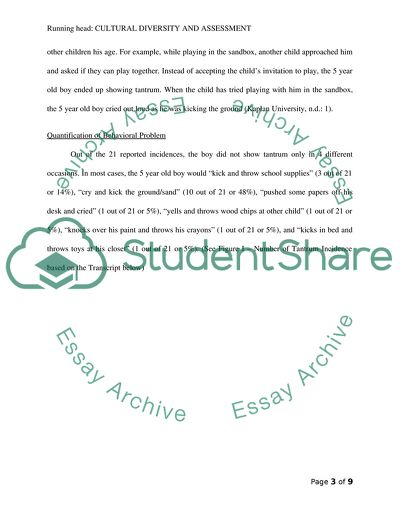Cite this document
(Cultural Diversity and Assessment Research Paper Example | Topics and Well Written Essays - 1750 words, n.d.)
Cultural Diversity and Assessment Research Paper Example | Topics and Well Written Essays - 1750 words. https://studentshare.org/culture/1841951-cultural-diversity-and-assessment
Cultural Diversity and Assessment Research Paper Example | Topics and Well Written Essays - 1750 words. https://studentshare.org/culture/1841951-cultural-diversity-and-assessment
(Cultural Diversity and Assessment Research Paper Example | Topics and Well Written Essays - 1750 Words)
Cultural Diversity and Assessment Research Paper Example | Topics and Well Written Essays - 1750 Words. https://studentshare.org/culture/1841951-cultural-diversity-and-assessment.
Cultural Diversity and Assessment Research Paper Example | Topics and Well Written Essays - 1750 Words. https://studentshare.org/culture/1841951-cultural-diversity-and-assessment.
“Cultural Diversity and Assessment Research Paper Example | Topics and Well Written Essays - 1750 Words”. https://studentshare.org/culture/1841951-cultural-diversity-and-assessment.


